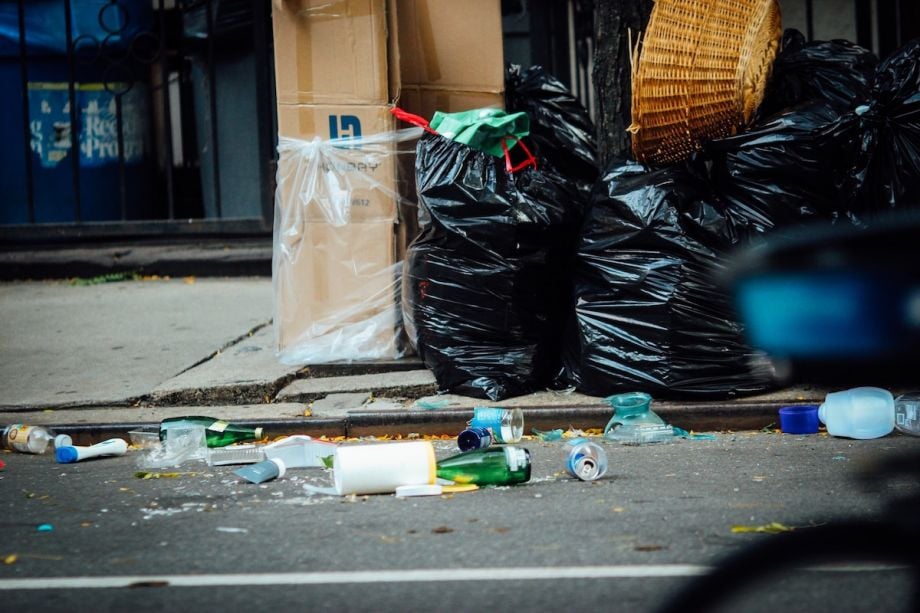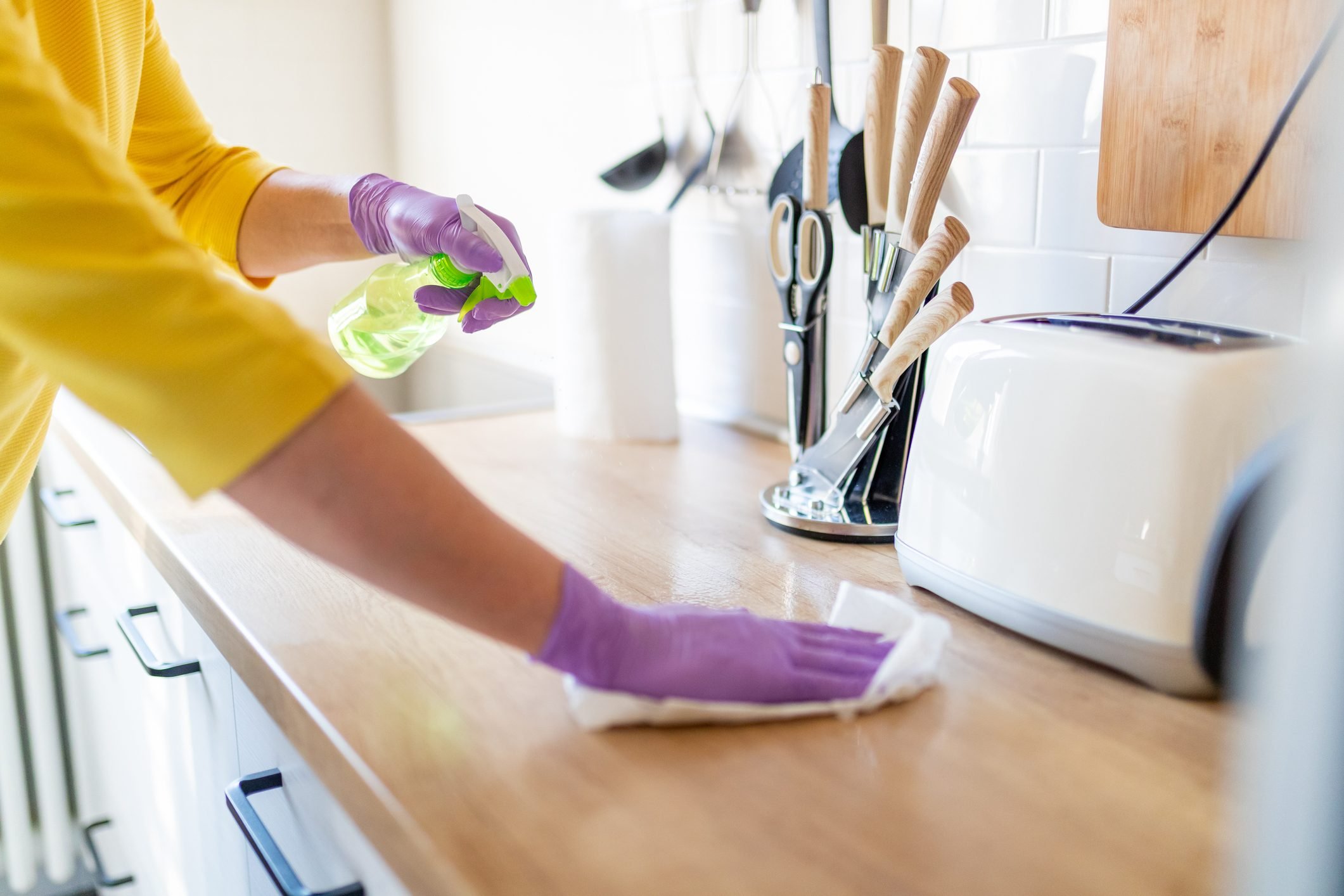Community bins serve as a crucial component in maintaining the cleanliness and hygiene of our neighborhoods. These bins, if not properly managed and sanitized, can become breeding grounds for bacteria and germs, posing significant health risks to residents.
II. The Science Behind Bacteria and Germs in Waste Bins
Community waste bins are often teeming with a variety of bacteria and germs that can be harmful to human health. Common pathogens include E. coli, Salmonella, and Listeria, which can cause serious illnesses.
Key Pathogens Found in Community Bins:
-
- E. coli: Often found in food waste, can cause severe stomach cramps and diarrhea.
- Salmonella: Also found in food waste, leads to fever, diarrhea, and abdominal pain.
- Listeria: Can be found in decaying organic matter, causes listeriosis, a potentially fatal infection.
III. Effective Methods for Disinfecting and Sanitizing Waste Bins
Regular cleaning and sanitizing of community bins is essential to prevent the spread of diseases. Here are some effective methods:
Chemical and Natural Cleaning Agents:
- Chemical Solutions: A mix of bleach and water is commonly used for its effectiveness in killing germs.
- Natural Cleaners: Vinegar and baking soda offer a non-toxic alternative, effective in removing odors and minor bacteria.
Advanced Cleaning Techniques:
- Steam Cleaning: Uses high-temperature steam to kill bacteria without chemicals.
- UV-C Light: A newer technology that uses ultraviolet light to disinfect surfaces.
IV. The Impact of Regular Bin Cleaning on Community Health
Regular sanitization of community bins can lead to significant improvements in public health, including:
- Reduction in Disease Transmission: Decreases the risk of disease spread through contact with contaminated waste.
- Control of Pests: Reduces the attraction of pests such as rats and cockroaches, which are vectors for various diseases.
Case Studies:
-
- Neighborhood A: Implemented weekly bin cleaning and saw a 30% reduction in rodent-related complaints.
- Neighborhood B: After starting a bi-weekly cleaning schedule, there was a noticeable decrease in respiratory problems among residents.
V. Eco-Friendly Practices in Bin Cleaning
It is crucial to consider the environmental impact of bin cleaning processes. Here are some eco-friendly practices:
- Biodegradable Cleaners: Use of cl browse around here eaning agents that break down naturally and do not harm the environment.
- Water Recycling: Implementing systems to recycle and reuse water used in the cleaning process.
VI. Community Involvement and Awareness
Community participation is vital for the success of any public health initiative. Programs that engage residents tend to have higher success rates in maintaining cleanliness and health standards.
Effective Community Programs:
- Educational Workshops: Teach residents about the importance of waste segregation and bin sanitation.
- Community Clean-Up Days: Organize regular events where residents can participate in cleaning their environment.
VII. The Role of Government and Local Authorities
Local governments play a pivotal role in managing community health through waste management policies and programs.
Government Initiatives:
- Regular Inspection and Maintenance: Ensuring that all community bins are regularly checked and maintained.
- Public Awareness Campaigns: Running informational campaigns to educate the public on the importance of bin hygiene.
VIII. Case Studies: Success Stories of Community Sanitation Programs
Several communities have successfully implemented sanitation programs, demonstrating significant health and environmental benefits.
Success Stories:
- City C: Introduced a city-wide sanitation program that reduced waste-related diseases by 40%.
- Village D: A rural area that saw improvements in overall community health through a targeted bin cleaning initiative.
IX. Challenges and Solutions in Implementing Bin Sanitization Programs
While the benefits are clear, there are challenges in implementing effective bin sanitization programs.

Common Challenges and Solutions:
- Funding: Securing adequate funding can be difficult; solutions include government grants and private partnerships.
- Public Participation: Sometimes low; improved by engaging community leaders and offering incentives for participation.
X. Conclusion: The Path Forward for Healthier Neighborhoods
Sanitizing community bins is a critical step towards healthier neighborhoods. It requires the collective effort of residents, local authorities, and environmental agencies to create sustainable and effective sanitation practices. By adopting the methods and practices discussed, communities can significantly improve their public health outcomes and contribute to a cleaner, safer environment.

I’m Brock McIlrath, the founder of BinBright Guardians and a seasoned Sanitary Equipment Operator dedicated to transforming our approach to cleanliness and waste management.


